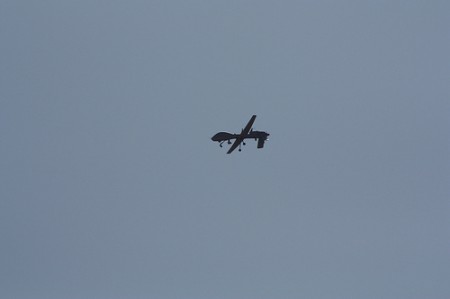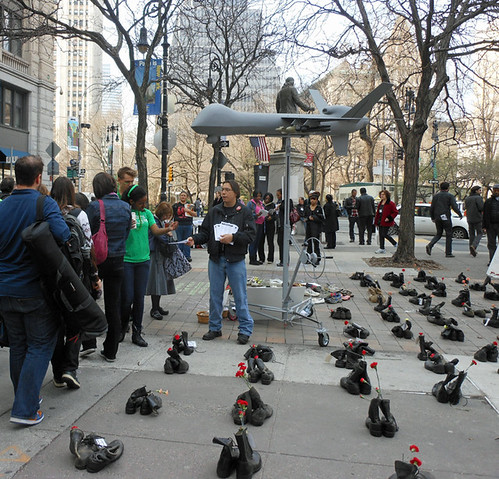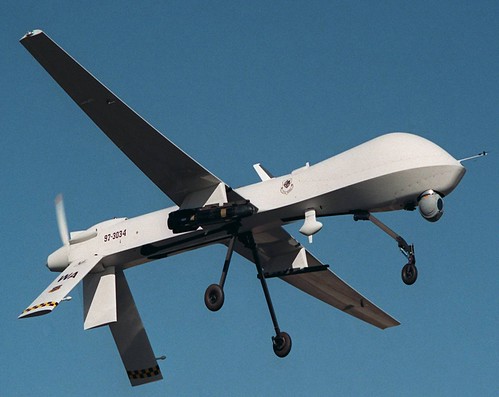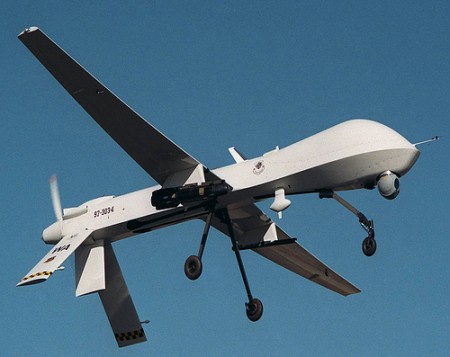
TEL AVIV – A drone recently penetrated Israel’s airspace from the Mediterranean. It was allowed to fly for about half an hour over southern Israel before being shot down by the Israeli air force over a sparsely populated area. It is still not known who dispatched the drone and from where, but it is now assumed that it was launched from Lebanon, either by Hezbollah, acting in Iran’s service, or by forces of the Iranian regime itself.
If that is indeed the case, the episode should not be regarded as yet another incident in a region fraught by conflict and violence. On the contrary, it is a significant window into the arena in which the conflict over the future of Iran’s nuclear program is being waged.
Several developments and forces are now shaping this arena. One is Israeli Prime Minister Binyamin Netanyahu’s decision, announced in his speech to the United Nations General Assembly last month, to suspend his threat to launch unilateral military action against Iran’s nuclear installations. He has said that Israel will give the US and the rest of the international community an opportunity to stop Iran’s progress through other means by the spring or early summer of 2013.




